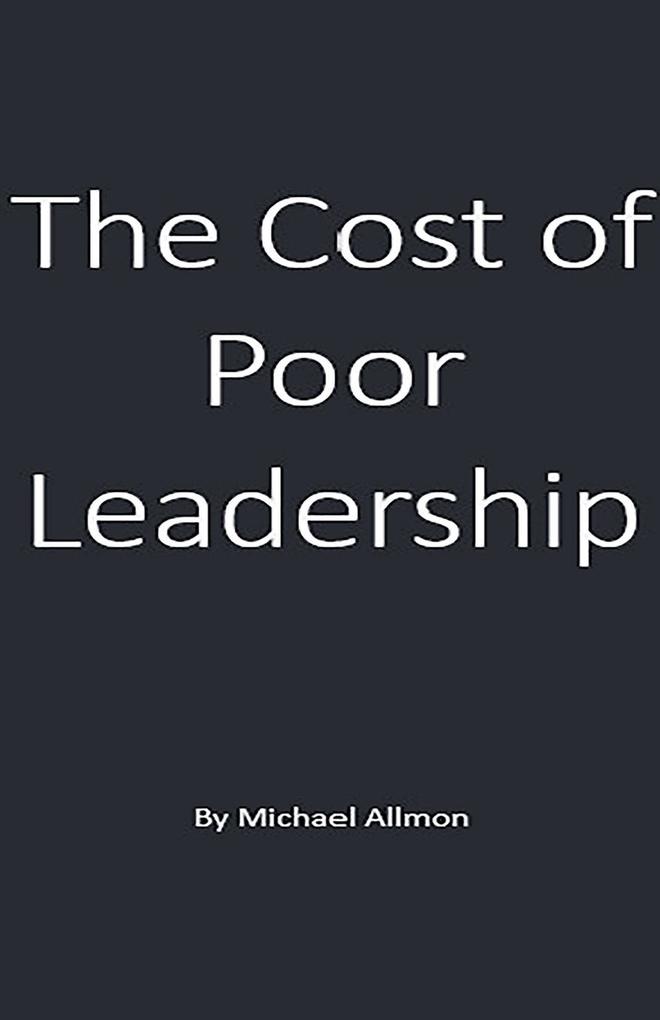
Zustellung: Sa, 12.07. - Mi, 16.07.
Versand in 5 Tagen
VersandkostenfreiBestellen & in Filiale abholen:
Leadership is often seen as the basis of success in business, politics, or community organizations. When practical, it inspires, drives progress, and cultivates environments where people can thrive. However, when leadership is poor, the consequences can be disastrous. Poor leadership fosters disengagement, inefficiency, and toxicity, leading to high turnover, decreased productivity, and ultimately, failure. Many organizations and teams fail not because they lack talent or resources but because they are led by individuals who do not understand the true nature of leadership. They may be driven by ego, lack self-awareness, or fail to cultivate essential skills such as communication, delegation, and empathy. In some cases, leaders rise to their positions through favoritism or bureaucracy rather than merit, leading to incompetence that trickles down throughout every level of an organization. This book examines numerous examples of poor leadership and its detrimental effects, delving into how toxic leadership manifests in various forms, including micromanagement, a lack of vision, poor communication, and a failure to take accountability. Each chapter will examine a critical aspect of poor leadership, supported by real-world examples, case studies, and analysis. The goal is to highlight what goes wrong and understand how individuals and organizations can recognize, address, and correct leadership failures. Poor leadership is not just an individual problem; it's an organizational epidemic failure. The damage it inflicts is often long-lasting, affecting employee morale, financial performance, and even the reputation of an entire institution. By understanding the root causes and importance of poor leadership, we can take meaningful steps toward building stronger, more effective leaders who inspire rather than diminish those they lead.
Produktdetails
Erscheinungsdatum
12. Mai 2025
Sprache
englisch
Seitenanzahl
66
Autor/Autorin
Michael Allmon
Verlag/Hersteller
Produktart
kartoniert
Gewicht
97 g
Größe (L/B/H)
216/140/4 mm
ISBN
9798231001309
Entdecken Sie mehr
Bewertungen
0 Bewertungen
Es wurden noch keine Bewertungen abgegeben. Schreiben Sie die erste Bewertung zu "The Cost of Poor Leadership" und helfen Sie damit anderen bei der Kaufentscheidung.









